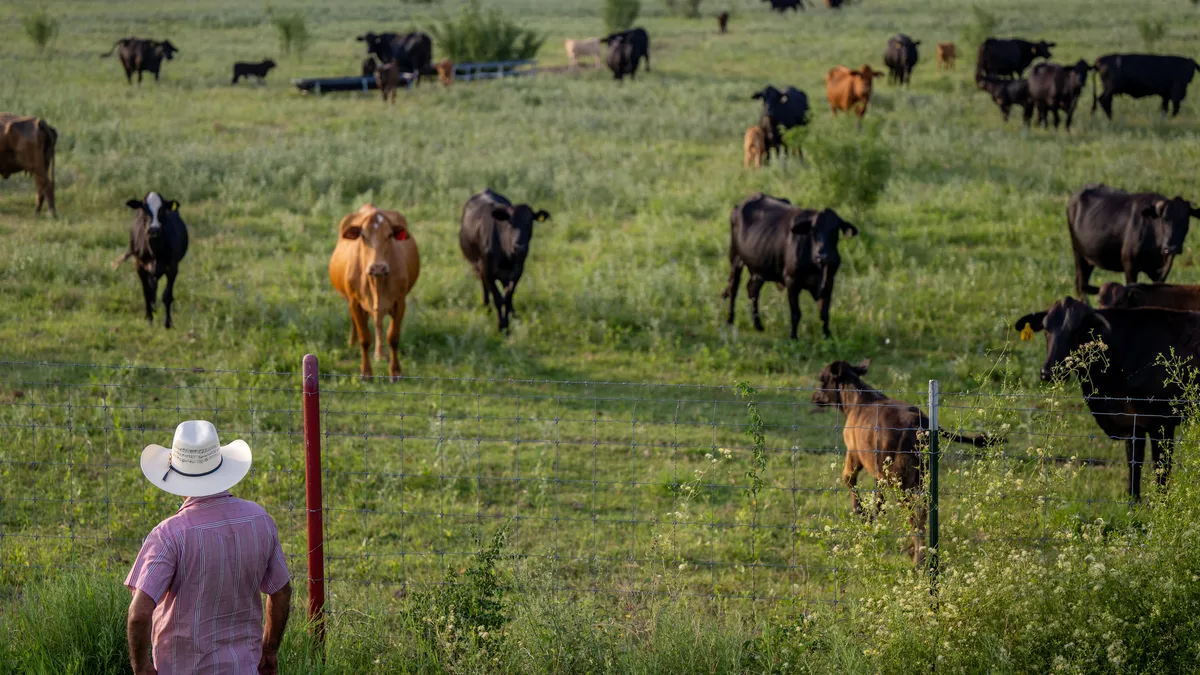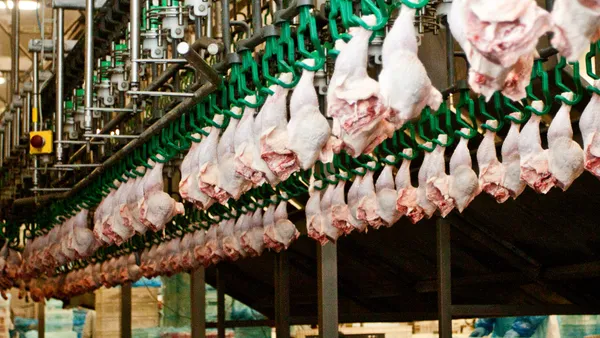The number of farms in the U.S. has continued a steady decline as mounting production expenses allow only the biggest producers to survive.
The U.S. had 1.9 million farms and ranches in 2022, a 6.9% decline from 2017, according to data from the Department of Agriculture's census report released Tuesday. The average size of a U.S. farm, meanwhile, increased 5% to an average of 463 acres.
Rapid consolidation of the agriculture industry and advancements in productivity have allowed farmers to do more with less land, contributing to a large decline in the number of U.S. farms. Since 1981, the U.S. lost the equivalent of every farm in nine states – the Dakotas, Minnesota, Wisconsin, Illinois, Nebraska, Oklahoma, Missouri and Colorado.
"As a country, are we okay with losing that many farms?" Agriculture Secretary Tom Vilsack asked at an event in Washington unveiling the report. "Are we okay with losing that much farmland or is there a better way?"
As the number of farms declines, the producers with deeper pockets are those that can better weather the impacts of rising expenses, climate change and other headwinds. The largest producers, considered those with sales of $5 million or more, made up 42% of all sales despite accounting for less than 1% of all farms.
The number of farms could stand to decline further as producers age. The number of producers over 65 years old has increased 12% since 2017, and the average age of a farmer is now 58.1 years old. However, the number of beginning farmers and young producers under 35 has increased slightly, providing some optimism.
The agriculture census report, released every five years, is a comprehensive look at the state of U.S. farms and the producers who run them. The picture the report paints, Vilsack said, should be a "wake up call" for policymakers to mobilize and expand opportunities for farmers to diversify revenue streams through the adoption of climate-smart agriculture.
As more incentives become available, farmers are beginning to adopt soil and water conservation practices, though growth remains limited. Farmers planted cover crops to protect soil between plantings on 4.7% of cropland in 2022, up from 3.9% in 2017. No-till practices were used on 27.5% of cropland acres compared to 26.4% in 2017, according to an analysis from the Union of Concerned Scientists.
More farms are also installing renewable energy producing systems as agriculture becomes a growing player in the transition away from fossil fuels, census data showed. The number of farms using renewable energy producing systems in 2022 increased 15% from 2017, with the majority reporting solar panel use.
Opportunities for climate-smart agriculture showcase a new model for the industry that focuses less on production at all costs and more on building up small producers, Vilsack said.
"We think there is an opportunity … in creating a different model," he said. "One that acknowledges and recognizes the importance of production agriculture. But one that also sends a message of hope and opportunity out to smaller and mid-sized operators by giving them multiple sources of revenue coming in from the farm.”











